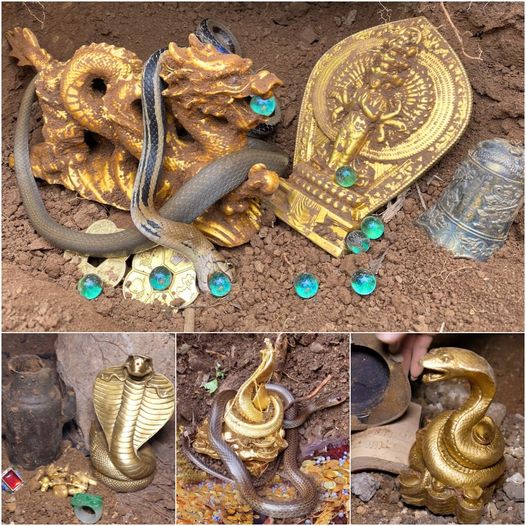The world is home to a fascinating array of wildlife, and among its many enigmatic inhabitants is the Pallas's Cat, scientifically known as Otocolobus manul. This small, wild feline species, often referred to as the "manul," inhabits the remote regions of Central Asia. In this article, we'll embark on a journey to uncover the mysteries surrounding this elusive and captivating creature. From its distinctive appearance to its survival in harsh environments, the Pallas's Cat is a testament to the beauty and resilience of wildlife.
1. A Unique Appearance

The Pallas's Cat is instantly recognizable by its distinct appearance. It sports a stocky build with a plush, dense fur coat that helps it endure the frigid temperatures of its native habitat. However, its most striking feature is its flat, round face with small, widely spaced eyes, giving it a perpetually surprised or grumpy expression. This unique appearance has made it a favorite subject among wildlife enthusiasts and photographers.
2. Adaptations for Survival

Pallas's Cats have evolved a set of remarkable adaptations that allow them to thrive in some of the world's most extreme environments. Their dense fur coat not only provides insulation but also serves as effective camouflage against the rocky landscapes they inhabit. Their low-slung body and short legs help them navigate rocky terrain, while their bushy tail aids in balance and warmth.
3. Silent and Solitary

These cats are known for their solitary and elusive nature. They are masters of stealthy movement and have a preference for a solitary lifestyle, venturing out primarily at dawn and dusk to hunt. Their hunting techniques are highly effective, relying on ambush and pouncing tactics to catch small mammals, birds, and insects, which make up the bulk of their diet.
4. Threats to Survival

Despite their incredible adaptations, Pallas's Cats face several threats to their survival. Habitat loss due to human activities, such as mining and agriculture, is one of the primary concerns. Additionally, they are sometimes hunted for their fur, although international trade regulations have provided protection in recent years. Conservation efforts are crucial to safeguard these unique felines and their habitats.
5. An Inspiration for Conservation
The Pallas's Cat serves as an inspiring example of the importance of wildlife conservation. As we learn more about these elusive creatures, we also gain a deeper understanding of the delicate balance that exists within our ecosystems. By protecting the habitats of species like the Pallas's Cat, we not only preserve biodiversity but also ensure the health and stability of our planet.

The Pallas's Cat, with its distinctive appearance and remarkable adaptations, stands as a symbol of the diverse and awe-inspiring world of wildlife. As we explore the mysteries of Otocolobus manul, we are reminded of the importance of conservation efforts to protect these remarkable creatures and the ecosystems they call home.
Our world is a tapestry of diverse ecosystems, species, and natural wonders. Pallas's Cats, with their unique features and survival strategies, are a remarkable thread in this tapestry, showcasing the fascinating bond between humans and the animal kingdom. As we celebrate the beauty and resilience of wildlife, let's also recognize our role in safeguarding the planet and ensuring that future generations can continue to marvel at the wonders of the natural world.






